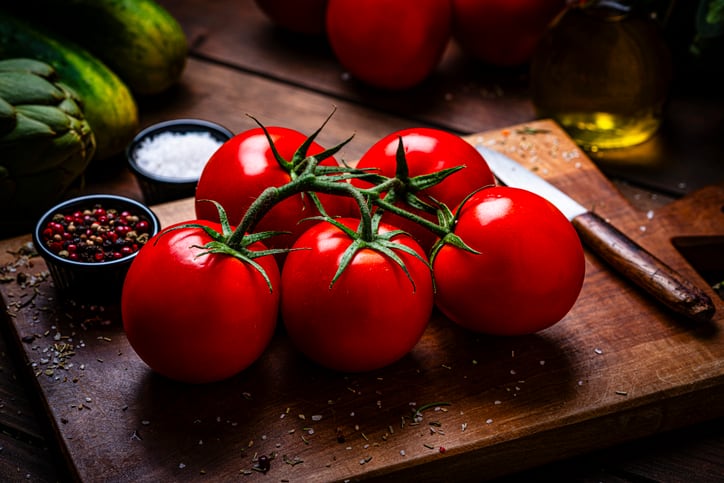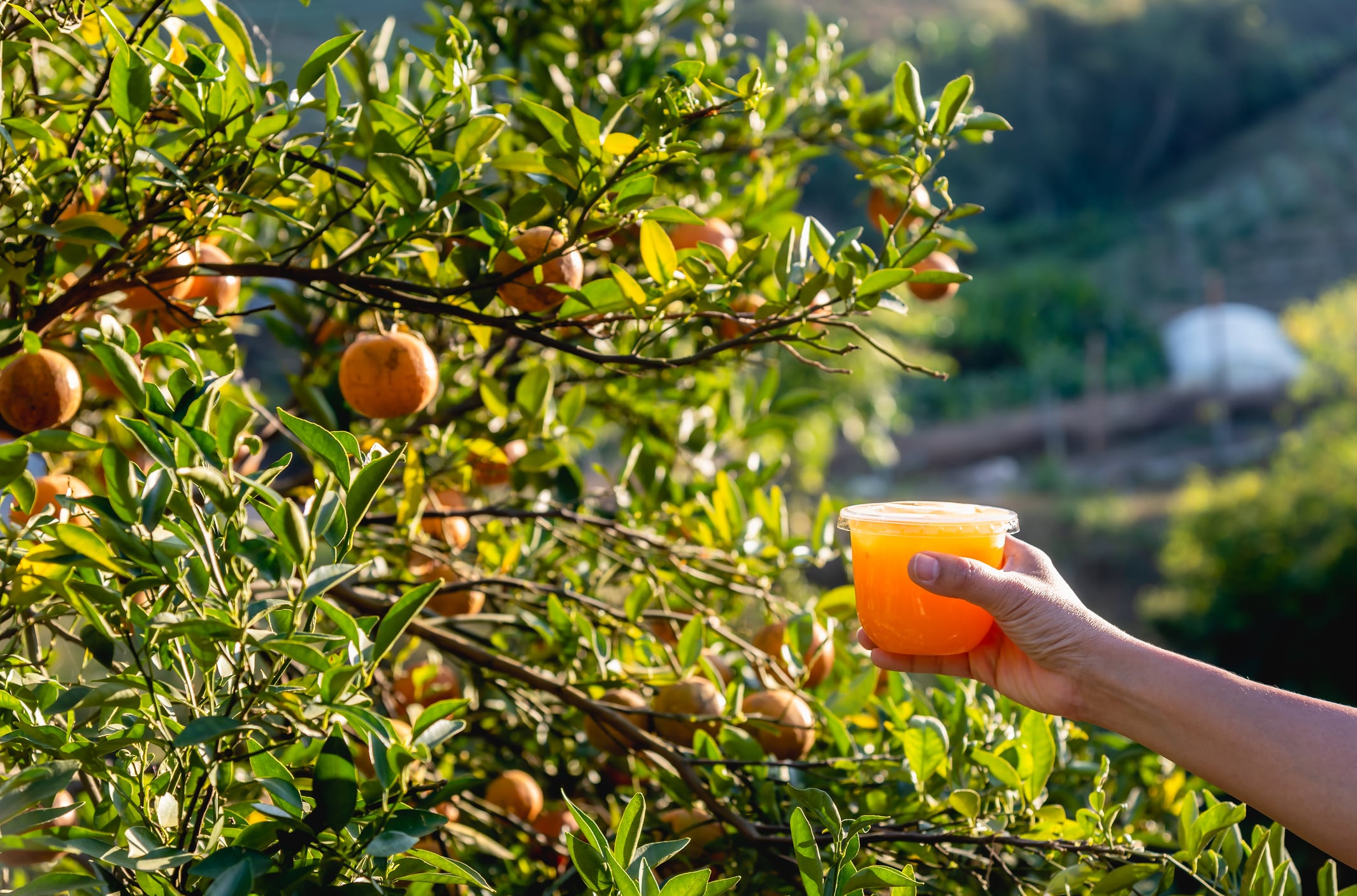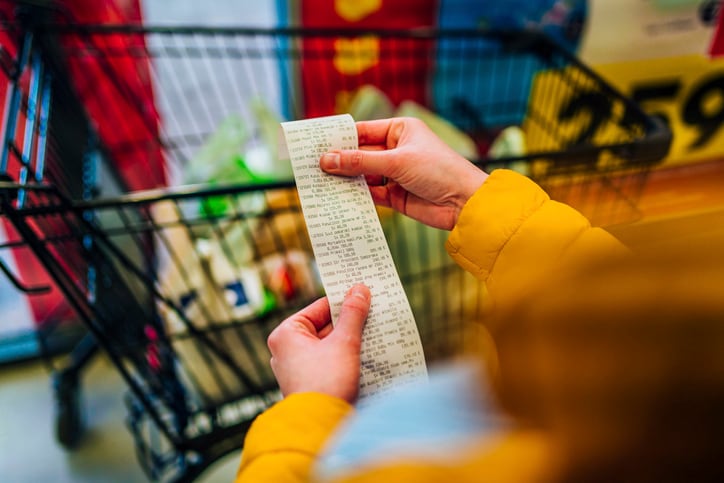Prices for select grocery staples subject to unfavorable tariffs spiked in July even as inflation for food consumed at home fell slightly compared to June, according to the latest consumer-price report from the Labor Department.
The divergence among key line items in July’s Consumer Price Index, released yesterday, could be a harbinger of what is to come as higher tariffs enacted by the Trump administration take effect.
They also underscore the “chaos” that has caused consumer anxiety about the economy to surge, prompting many to pull back on non-essential spending, according to one expert.
How are new tariffs impacting food prices?
Food prices in July held steady after rising 0.3% month-over-month in June and May, contributing to a 2.9% increase over the past 12 months, according to the Bureau of Labor Statistics.
Notably, most of the increase came from rising prices for food consumed outside of the home, which is up 0.3% month over month and 3.9% in the past 12 months. Grocery prices, or food consumed at home, fell 0.1% in July, but is still up 2.2% for the year.
The White House celebrated the decline in kitchen staples, including frozen veggies which are down 2.2%, peanut butter which fell 3.3% and tinned fish, which are down 1.3% month-over-month. It also called out the price of eggs was down 20% since President Donald Trump took office, but failed to note they are still up 16.4% year-over-year and highly subject to both to the avian flu and seasonal sales, including a consistent uptick during the winter holidays immediately before the shift in presidents.
The White House also was mum on notable upticks in tomatoes, lettuce, coffee and beef – all of which are subject to higher tariffs since the Trump administration took office.
The price of tomatoes jumped 3.3% month-over-month in July after falling 1.5% in June and 0.7% in May, according to BLS.
The reversal comes after the US withdrew in mid-July from a tomato trade agreement entered in 2019 with Mexico and imposed a 17.09% anti-dumping tariff on fresh tomato imports from the country. Nearly all of the tomatoes (86%) in the US came from Mexico last year.
More than 95% of the lettuce consumed in the US in the winter also comes from Mexico and a 25% tariff could drive up prices as summer wanes. As it is, the BLS reports a 4% increase in the price of lettuce in July over June, which is on top of a 1.1% month-over-month in June and a 0.6% increase in May.
The price of coffee also ticked up 2.3% in July over June – building on a steady month-over-month rise of 2.2% in June and a 1.2% in May, all of which contributed to a 14.5% increase in the last 12 months.
The most recent increase comes about a week after the Trump administration imposed a 50% tariff on most Brazilian imports, including coffee beans, which historically were exempt but are not currently. Brazil provides about 30% of the coffee consumed in the US. Other coffee producing nations, including India, Indonesia and Vietnam also faced tariff hikes this month.
‘Tariff-related pressures are still rippling through the economy’
While grocery prices may have held steady, the core CPI, which strips out volatile categories like food and energy, increased 0.2% month over month – the highest lift since February.
“The jump reinforces worries that tariff-related pressures are still rippling through the economy,” notes Resonate, a comprehensive data set used for analyzing and predicting US consumer behavior.
“The reality for the consumer is basically chaos,” Resonate added, noting consumer sentiment about the economy is bleak.
According to Resonate’s Summer 2025 Consumer Outlook, concern about the economy is up 22% in the past six months and 45.5% of consumers say they believe the economy “will never return to normal.”
Consumers are split on who to blame. Resonate reports 39% of consumers attribute inflation to price gouging and 37% attribute it to excessive government spending.
“Taken together, the data paints a picture of rising public frustration, creating more scrutiny over corporate pricing strategies and government policy,” according to Resonate.
Are more price hikes on the horizon?
While the Trump administration is encouraging corporate America to “eat the tariffs” and not pass them along to consumers, some brands and retailers are unable to carry the full weight.
For example, Walmart announced earlier this year that it would need to raise prices on select items due to tariffs, and JM Smucker has a long track record of raising prices on its coffee to offset inflation – although notably it also lowers prices when it can.




